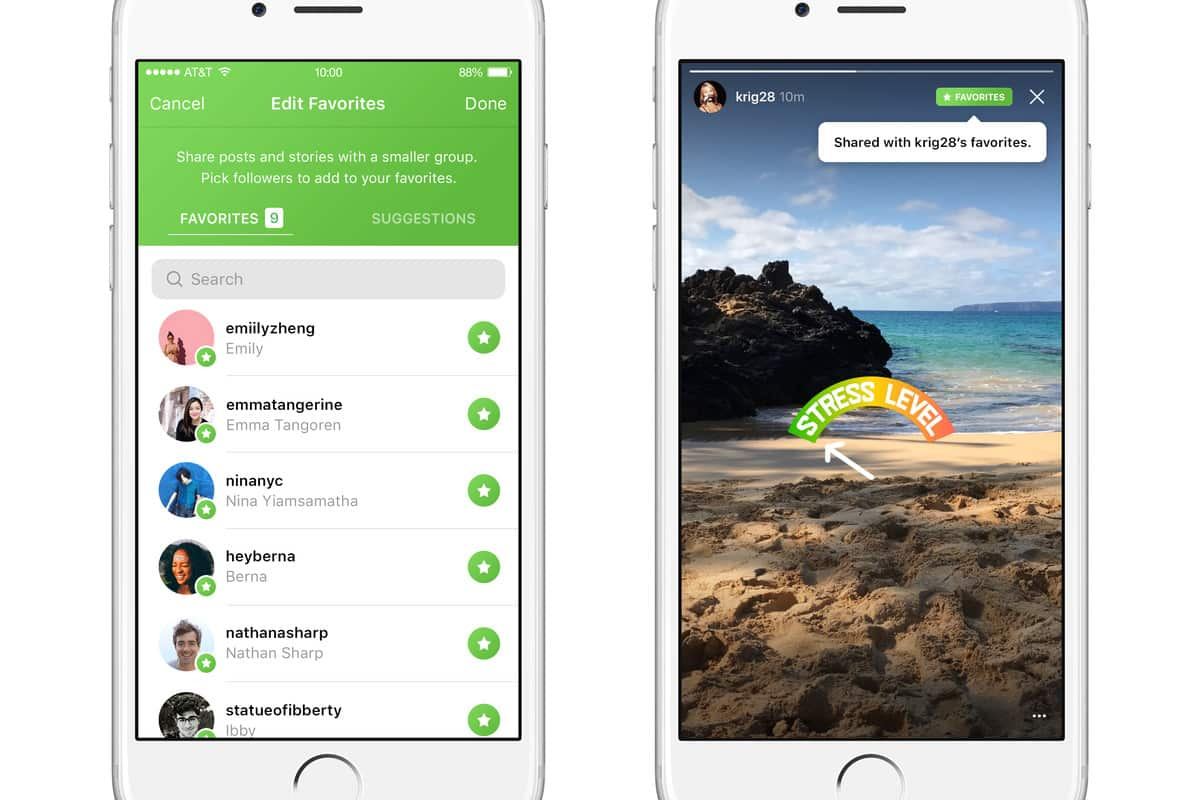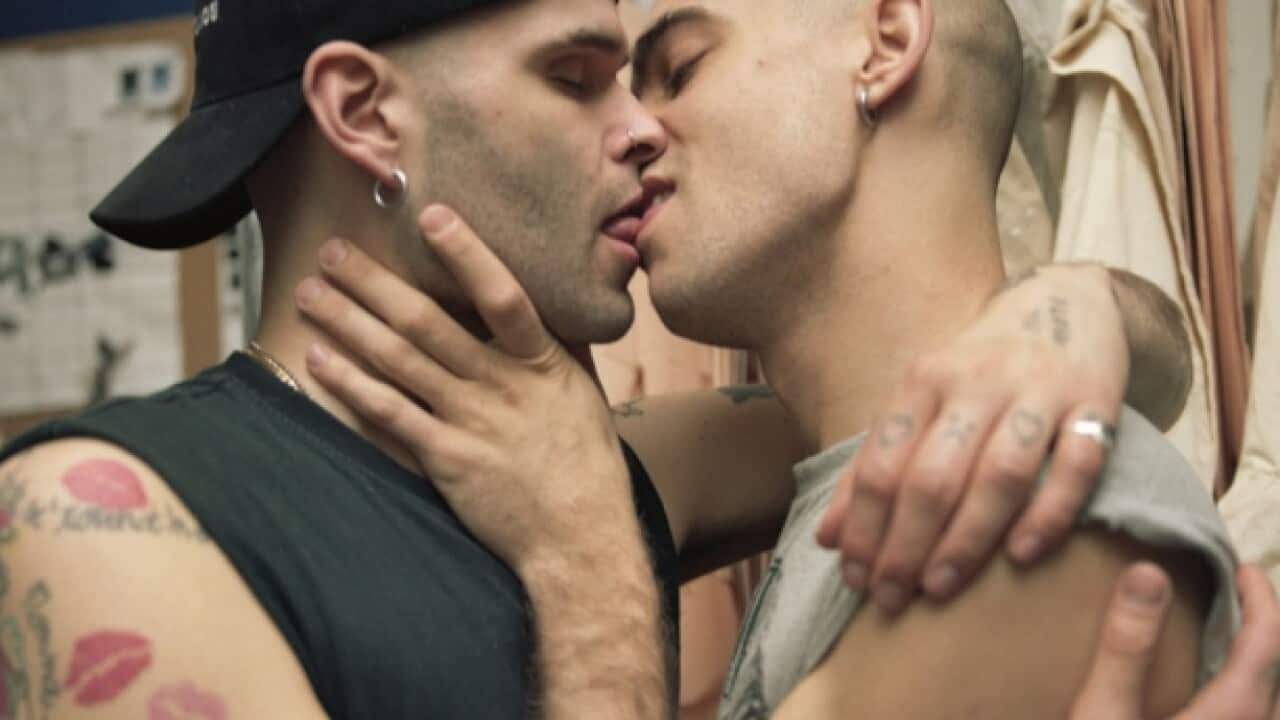There are countless reasons why someone might choose not to be vulnerable on social media. The trolling can be brutal, the shares can blow up without warning, you never know what content will be captured via screenshot and redistributed to the shadowy corners of the internet. Every post carries with it the risk of being doxed or opening the floodgates to unwanted contact from strangers.
For members of the LGBTIQ+ community, these risks can be more immediate and far-reaching.
For those who aren't out of the closet to their close or extended family, sharing personal experiences is tiptoeing in a minefield. For trans or gender non-binary people, or even those experiencing gender dysphoria for the first time, Instagram's strict (and yet ) community guidelines and trigger-happy censorship can be triggering and oppressive.
For example, last year self-proclaimed 'gender-capitalist' Rain Dove, who uses the pronouns they/them, had for exposing their nipple. The model and activist was forced to threaten legal action, as only female nipples are banned from Instagram - not those belonging to gender non-conforming people. They had been misgendered and penalised for it, all in the name of community standards. "I am NOT 'Female'," Dove wrote at the time.
"I am NOT 'Female'," Dove wrote at the time.

Rain Dove: "I am NOT 'Female'." Source: Instagram, Rain Dove
"Therefore this nipple DOESN'T violate IG guidelines and should not be removed."
Sure enough, Instagram soon apologised and re-published the photograph.
This not only illustrates and to cater to the unique , but also one of the core reasons queer people are harnessing as a way of re-writing the rules.
According to , the feature, which was tested for over a year by the Facebook-owned company, was introduced as a way of letting users "create a separate list of followers to grant special viewing permissions".
And queer users are doing just that, with the feature filling , before it . This is because the 'close friends' feature is and censorship, with posts only facing removal from the platform if they're actively reported by one of your chosen 'close friends'.

The 'close friends' feature on Instagram allows users more control over who they share their content with. Source: The Verge
How it's being used
Lucy, an openly queer artist from Sydney, tells SBS Sexuality that the feature has allowed her to embrace "sexual expression" in a way she's previously struggled to.
"I've started curating a close friends list so I can share my freak sex shit," she reveals. "[It's] something I haven't met in myself for a very long time and want to share more widely. It does feel like a way of visualising a sexuality, or being visibly queer and kinky in a way I can't express everyday because of where and how I work."
She adds: "It's definitely a space for queer and sexual expression, and an easy way for my fellow freaks to make themselves known without outing themselves publicly."
For others, it can be a way of recovering from a history of body dysmorphia and building a sense of confidence.
"At 30-years-old I feel confident in my body in a way I absolutely did not in my teens and early-20s," Lucas* says, revealing he often fears "being judged or feeling embarrassed" when sharing personal content on social media.
"I like the positive feedback I get from other gay guys, and because it's a small group of people, the stakes feel very low."
For 20-something Ben*, a queer man in Brisbane, it's a way of taking control of the often fraught coming out process.
"I'm not fully out to everyone I'd like to be yet," he shared over direct message on Instagram. "I used it the other day for the first time to post something that was pretty clearly showing me as queer."
"I love how 'close friends' has turned into a place for non-sexual queer nudes," Kai, who uses the pronouns they/them, tells SBS Sexuality.
"Tumblr was the only place I could see another trans* person simply exist in their body - and now I have that on Instagram. My heart swells every time I get to see one of us just lounging in underwear, belly out, enjoying themselves, being soft and candid."
They add: "'Close friends' feels tender and safe. Dysphoria can be sneaky, so it's nice to be able to share content with chosen people that are eager to say kind things."
What does it all mean?
For now, at least, Instagram's 'close friends' feature is emerging as a much-needed tool for queer connection, community-building, and expression.
While it's unclear whether the platform plans on restricting the feature to reduce nudity in the future, members of the LGBTIQ+ community around the world are currently embracing it as one of the few ways, outside of direct messaging, they can build smaller, safer networks of people who understand and support them.
The catch-22 of queer culture becoming gradually more mainstream is that while queer people are living and expressing themselves more freely, our spaces - both online and IRL - are becoming less tailored to our needs, meaning some of the less palatable elements of queerness are being held to broader community standards that are, at present, unable to comprehend them.
This is why the 'close friends' feature is resonating so strongly with queer users and why - intentionally or otherwise - it's becoming a safe haven for those on the cultural fringes of mainstream social media.
And we're putting that down as a win.
Samuel Leighton-Dore is a queer writer and visual artist based on the Gold Coast. You can follow him on . His book, , is released in Australia August 1st.





